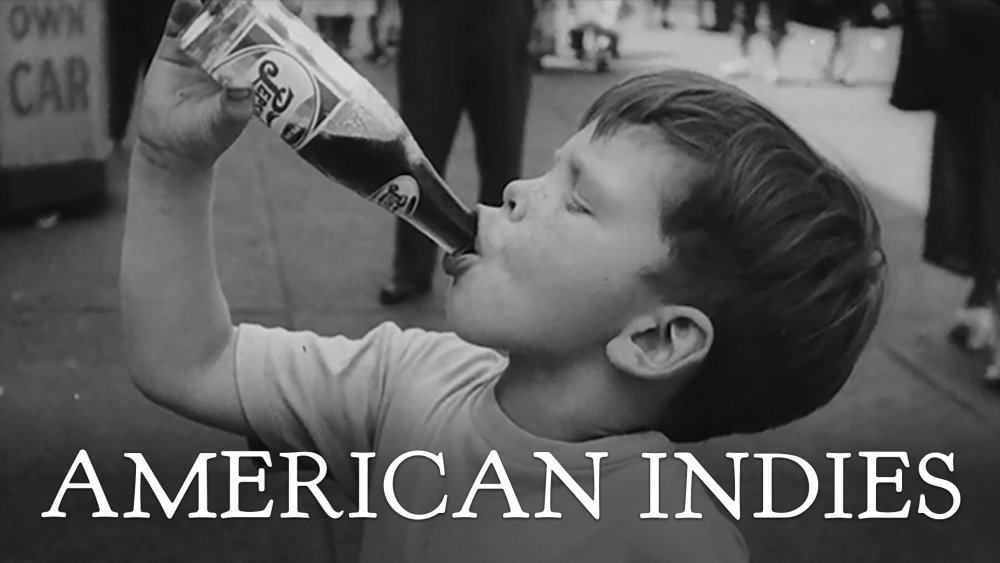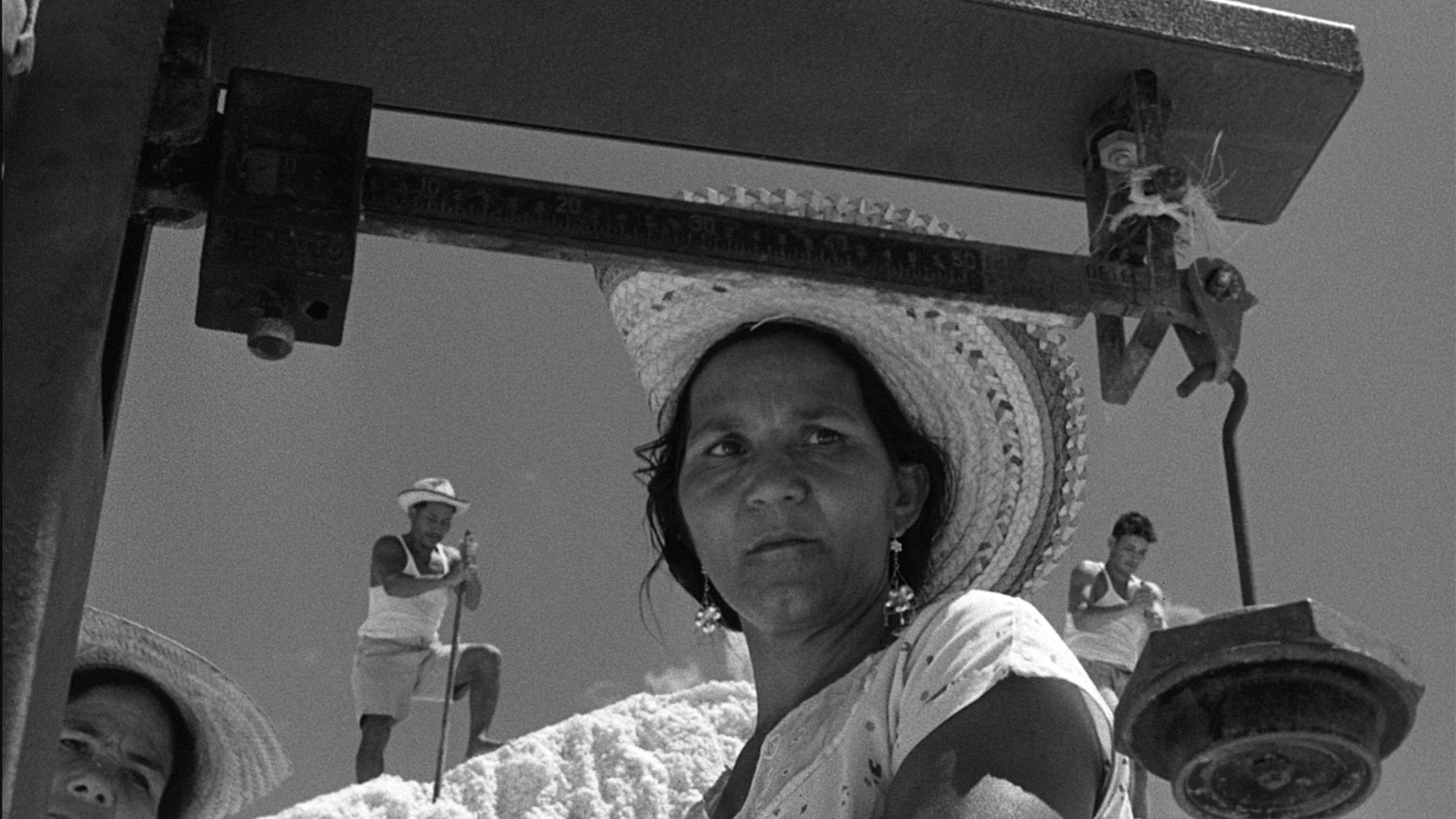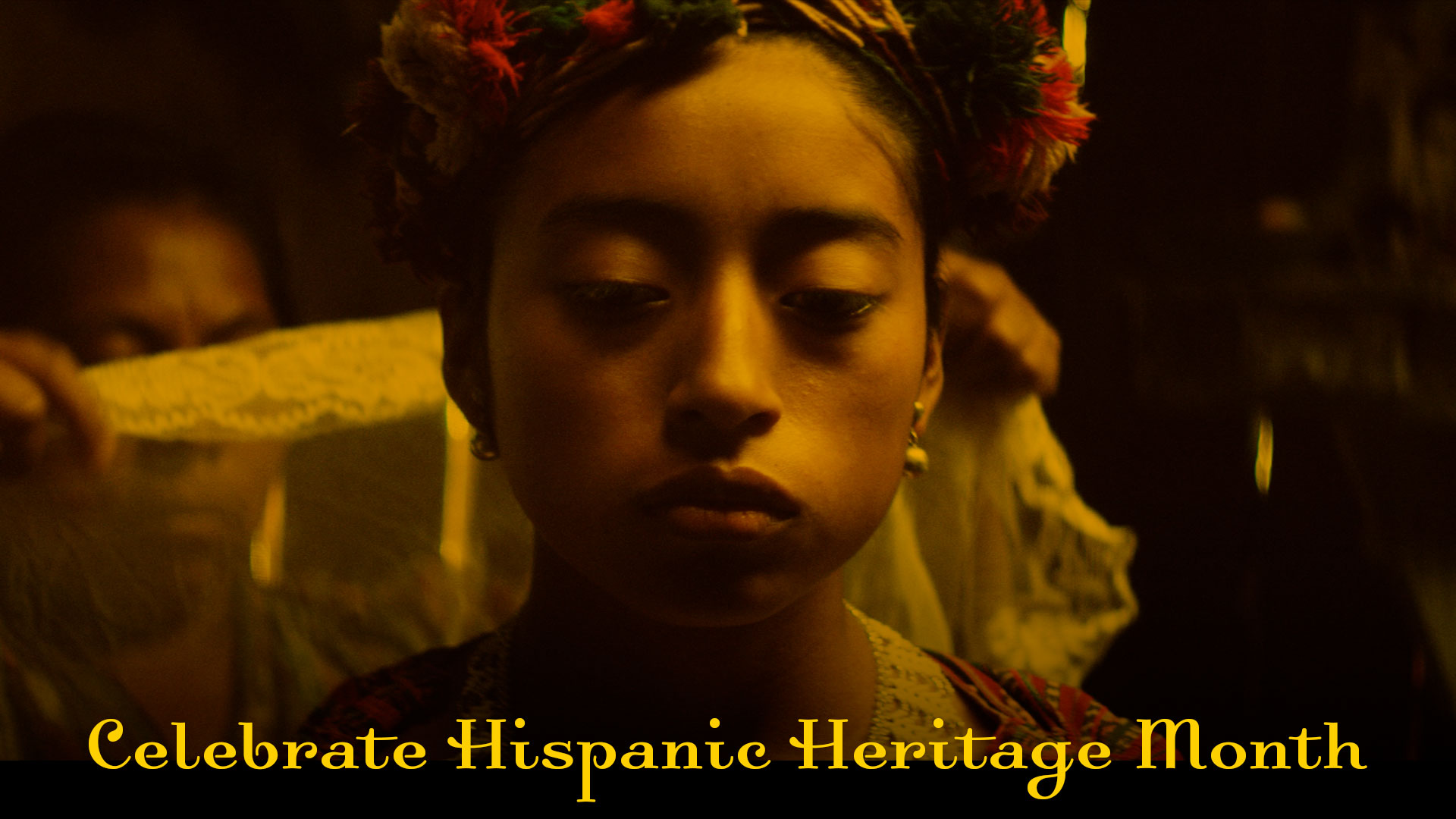
Celebrate Hispanic Heritage Month with Latin American Cinema

Hispanic Heritage Month kicks off on September 15 and celebrates the culture, history, and contributions of Hispanic and Latinx communities. To celebrate the month, we’ve curated a watchlist of films from some of the boldest contemporary voices in Latin American cinema. These films hail from many of the same countries in which Hispanic Americans have roots. An expansive reflection of the vibrant and diverse cultures they depict, no two of these titles are alike in vision, perspective, or story. Stream them all on Kino Film Collection, and happy Hispanic Heritage Month!


The Chambermaid (Mexico)
Set against the pristine, almost sterile interiors of a luxury hotel in Mexico City, Lila Avilés’s The Chambermaid is one of the most human stories you’ll see on screen. The story follows Eve, a hotel maid who works hard to meticulously erase any trace of life from the rooms she cleans, stuck in an occupation that renders her as invisible as the dirt she routinely vacuums. She is reprimanded by her supervisor who reminds her she’s not to be seen by guests. The guest interactions she does have further dismiss her humanity. But the beauty of the film is what is revealed about Eve in between cleanings: she’s a mom to a 4-year-old boy, she’s studying for the hotel’s equivalent of GED classes to move up the rungs, she’s shy but sometimes flirtatious. If the film feels monotonous at times, that’s the point, because that’s Eve’s life on a good day, so when the constant indignities finally make her crack, it feels authentically measured and tectonic at the same time. The film has drawn comparisons to Alfonso Cuarón’s Roma, but The Chambermaid sets itself apart with how deep it dives into Eve’s life within the confines of a hotel room.


The Red Star (Argentina)
A secret Jewish spy, the kidnapping of a major Nazi official, Buenos Aires in the mid-century. These are just a few of the elements in Gabriel Lichtmann’s mockumentary The Red Star, and they’re enough to make you wish it wasn’t a mockumentary at all. The film follows a fictionalized version of Lichtmann on a quest to solve the mystery of a young woman named Laila Salama. She’s revealed to be the daughter of an MI6 agent and an alleged Jewish spy who started working against the Nazis in Argentina, contributing to the kidnapping of Nazi war criminal Adolf Eichmann in Buenos Aires in 1960. Lichtmann attempts to crack the code of the enigmatic Salama, who even has a tango record named after her, through a series of interviews with intriguing characters. But when the participants are less than forthcoming, he realizes that the pieces he’s holding suggest a far more convoluted puzzle than he ever imagined.
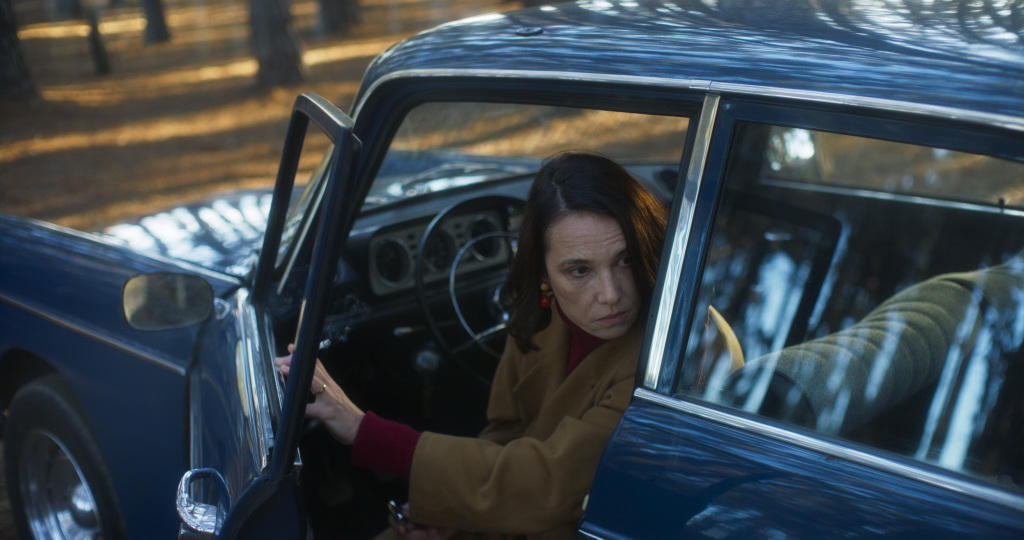

Chile ‘76 (Chile)
Taking place three years after Augusto Pinochet’s bloody overthrow of Chile’s democratically elected government and three years into his harsh regime, Chile ‘76 sets the stakes from the start. But rather than creating yet another political thriller or historical drama about the period, Manuela Martelli offers a new perspective with her film—it’s a quiet character study during a deafeningly violent era. The film follows Carmen, a middle-aged woman living a content, bourgeois life in Santiago with her husband. She’s unsettled by the regime’s brutality but generally unaffected until her comfortable bubble is pierced when the local priest asks her to take in a wounded revolutionary. Soon her life becomes a thriller of its own as she begins to take substantial risks to tend to the fugitive. With Chile ‘76, Martelli deftly composes a serene tableau just to provide the perfect canvas for cracks to form, creating a sense of anxiety and suspense that rivals any political thriller.
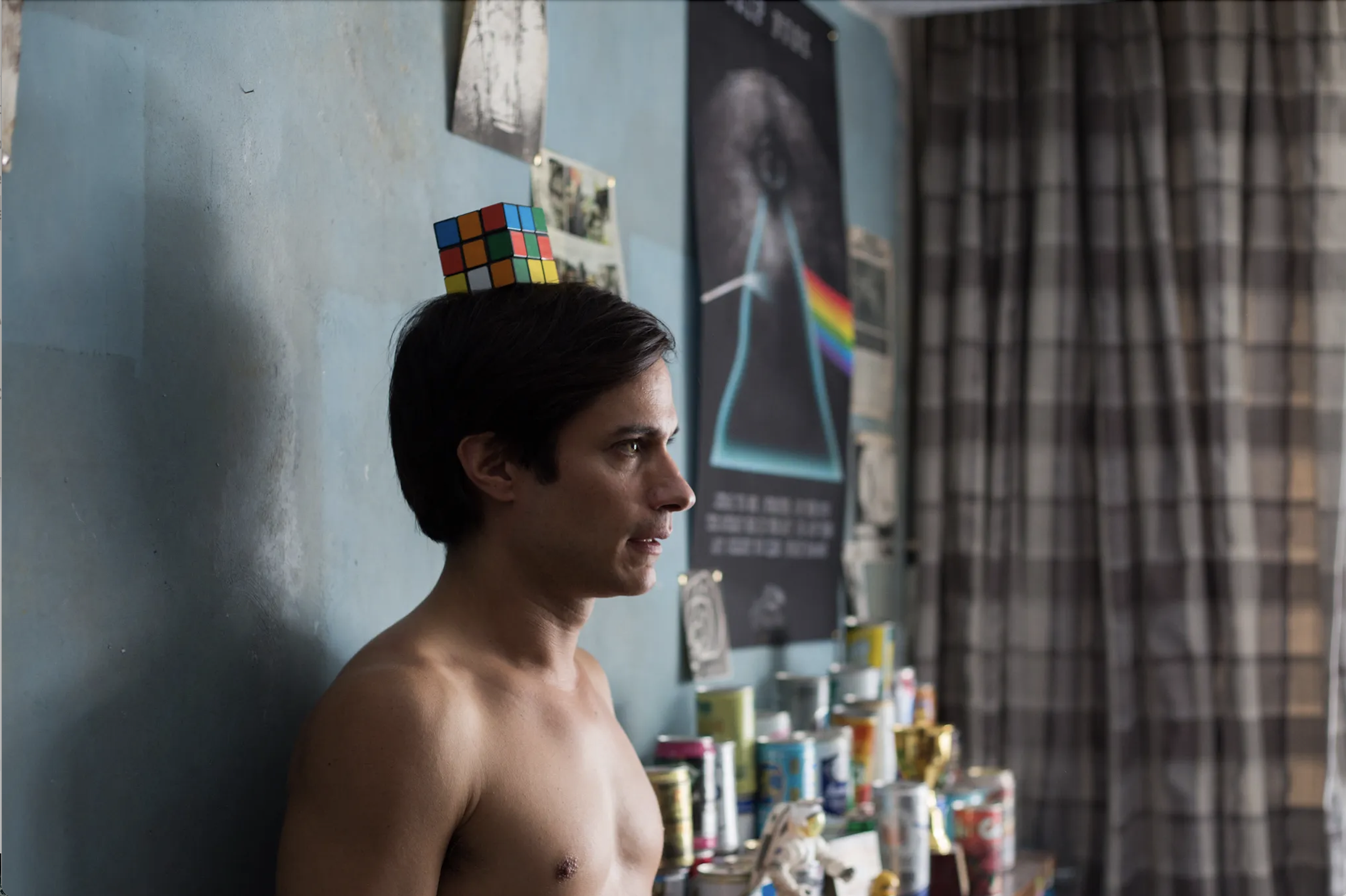

Museo (Mexico)
Based on a true story, Museo centers around two 30-something slackers still living at home who, against all odds, pull off a museum heist and steal priceless artifacts from Mexico City’s National Museum of Anthropology. Alonso Ruizpalacios’s film is a reimagination of real events that took place in 1985, when a group of thieves stole 140 artifacts from the museum on Christmas Eve. In Ruizpalacios’s version, the perpetrators are a pair of best friends, played by celebrated Mexican actor Gael García Benal and Leonardo Ortizgris, who don’t have much going for them in life and are, therefore, driven by a “why the hell not?” brand of motivation. While the heist itself is meticulously planned, everything that follows is not and the two find themselves on a roadtrip trying to sell their loot. While Museo may appear to be a zany buddy caper on the surface, it’s also a celebration of Mexico’s history and culture, even if it’s demonstrated through stolen items.

Hermia & Helena (Argentina)
Matías Piñeiro’s film Hermia & Helena is both a love letter to New York City through the eyes of a young Argentinian woman and a modern twist on A Midsummer Night’s Dream. Camila has taken up an artist’s residency in the city and is tasked with translating the Shakespear comedy into Spanish. Nodding to the play, she’s soon juggling multiple love interests—a boyfriend in Buenos Aires and lover in New York passed down to her by her friend Carmen, who completed the same fellowship she’s now undertaking. Between her artistic endeavors and romantic encounters, Camila also begins receiving postcards from a mysterious French woman who’s traveling across the US. Depicting the meandering, unpredictable life of a 20-something in New York City, the film is whimsical and fanciful like A Midsummer Night’s Dream, but when Camila meets her biological father and confronts her complicated family history, the film reveals a deeper layer that’s all Piñeiro.
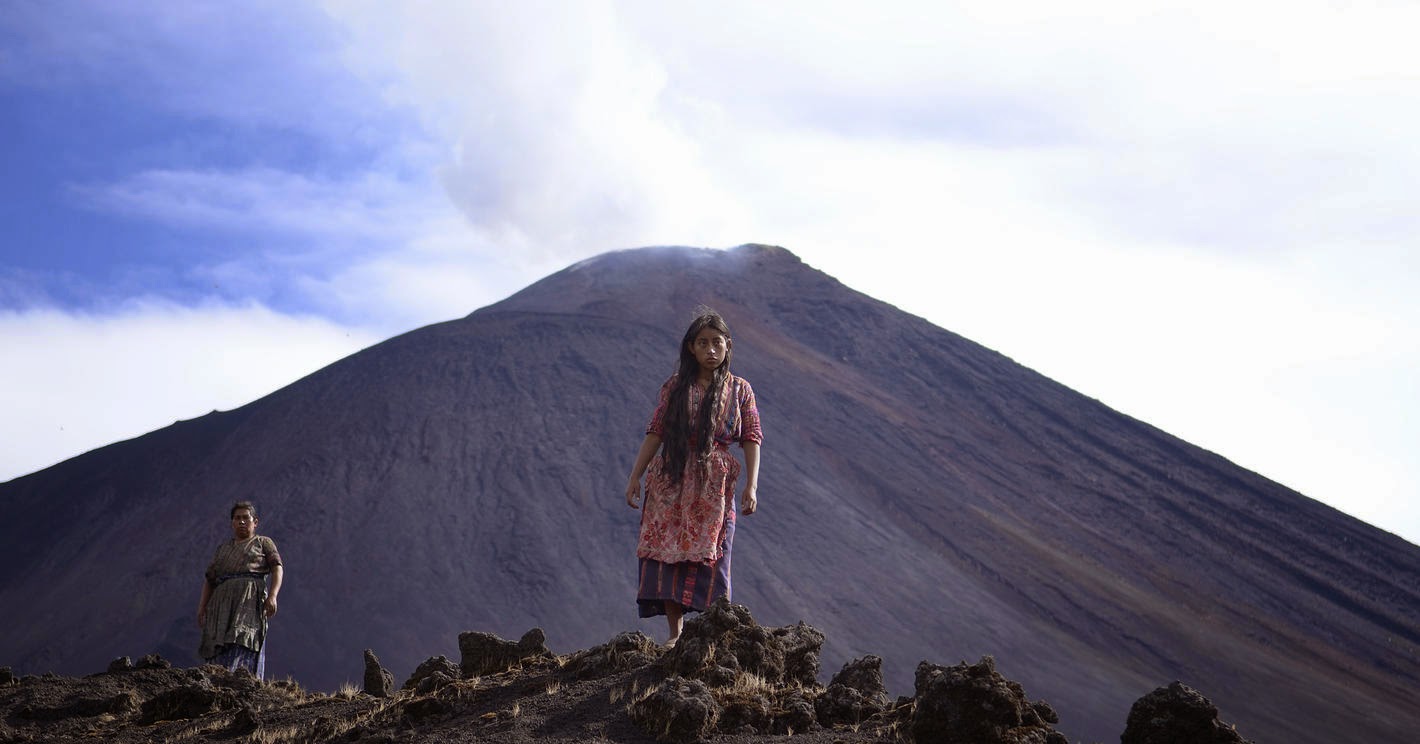
Ixcanul (Guatemala)
Named after the volcano at the center of the story, Ixcanul is a hypnotic and visually breathtaking tale about a young woman’s desire for freedom while confined by tradition, circumstance, and even nature. Maria lives and works on a coffee plantation with her parents, who have arranged her marriage to the plantation’s foreman, but she is secretly involved with another man who is planning to emigrate to America. Dreaming of a life beyond the volcano looming over her village, Maria tries to take control of her own fate for the first time, only to fall prey to the many dangers around her. The film deftly shows how even the simplest way of life can be erupted by dormant forces, much like the titular volcano. Directed by Jayro Bustamante, Ixcanul is the first film to be made in the Kaqchikel Mayan language and was Guatemala’s entry into the 88th Academy Awards.


The Cow Who Sang a Song Into the Future (Chile)
In her debut feature, The Cow Who Sang a Song Into the Future, Chilean director Francisca Alegría crafts a magical realist fable about family trauma and environmental destruction. The film begins with a woman mysteriously emerging out of a river laced with dying fish. She turns out to be Magdalena, the deceased wife of Enrique, who suffers a heart attack at the shocking sight of her. Their daughter, Cecilia, returns home to their family dairy farm to tend to Enrique, but even with the miracle of her mom’s resurrection, it’s not exactly a happy family reunion. Lyrical and dreamlike at times, the film explores family, loss, and the heavy price we pay for the things we leave unhealed, whether at home or in nature.

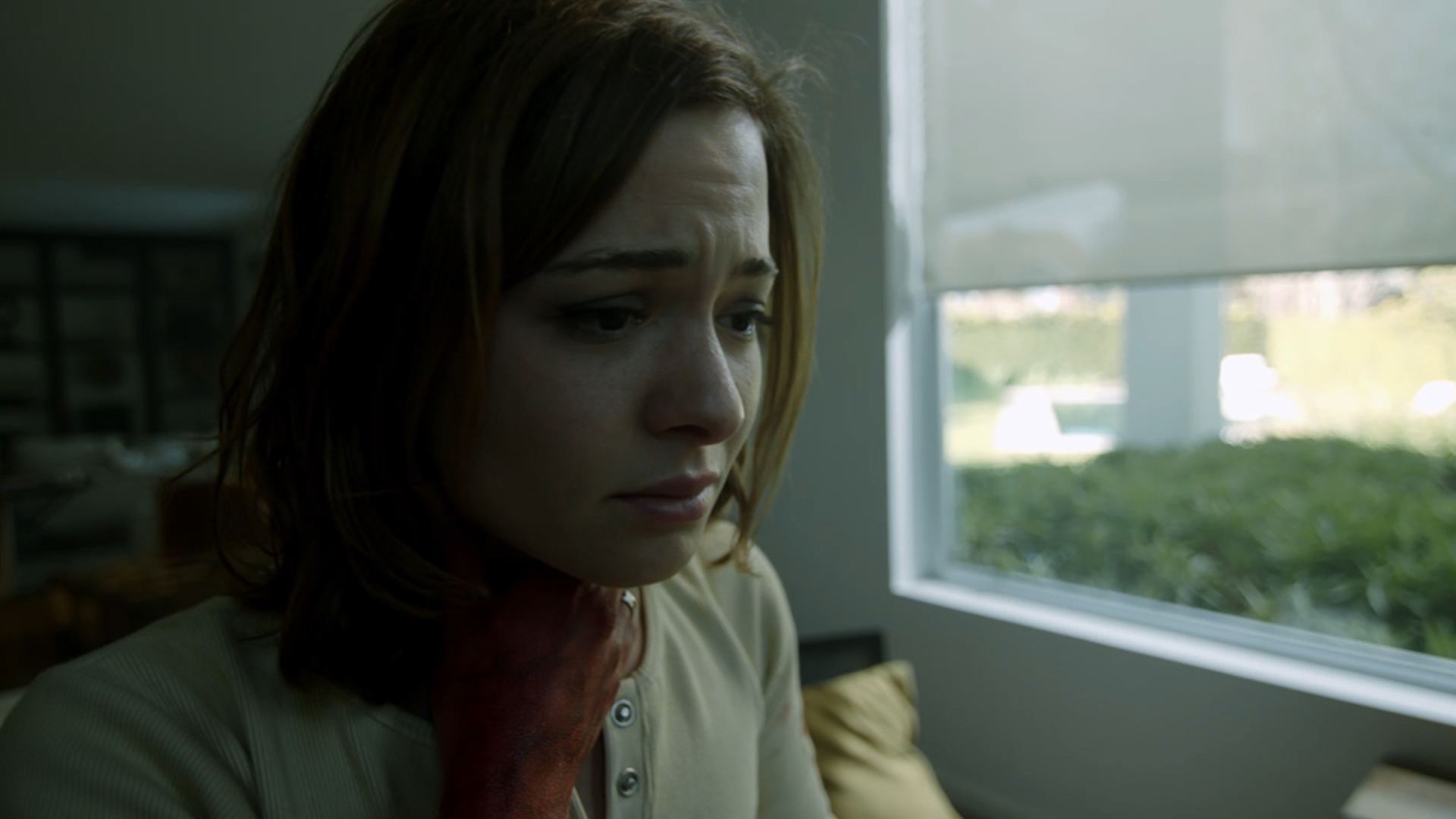
Virtual Reality (Argentina)
How far would a filmmaker go to ensure their film is a success? In the Argentinian horror film Virtual Reality, the lengths are pretty drastic, and bloody. In the film about a film, a director invites his cast and crew to watch the first screening of their horror flick, but when the actors see that the movie has been enhanced with scenes they never shot, they realize that something sinister and inexplicable is at play. Powered by an evil AI entity, the upgraded film determines the real fates of the actors, who provide some comic relief when they frustratingly try to communicate with their on-screen counterparts to try and save both selves. Virtual Reality director Hernán Findling proves that all you really need to succeed is an original concept that’s equal parts meta and cosmic, a terrifying masked killer, and an abundance of good old-fashioned gore.
La Civil (Mexico)
La Civil, Teodora Ana Mihai’s first narrative feature, is every mother’s worst nightmare, and “nightmare” may even be an understatement. After her daughter, Laura, gets ready and leaves for a date, Cielo is out driving when she gets cut off on the road. A menacing teen emerges, demanding 150,000 pesos and her estranged husband’s pick-up truck or she’ll never see Laura again. What follows is an adrenaline-pumping mission to get Laura back, but Cielo is tossed into an impossible situation and her dogged determination gradually becomes heart-wrenching desperation. Set in Northern Mexico, where kidnappings are rampant and controlled by the cartels, the film offers a glimpse of a rotten and dire system that does not adhere to the law or civil society, an ironic nod to the film’s title. In order to fight back, Cielo will have to abandon her own civility. What makes this nightmare all the more terrifying, and the film all the more important, is that it’s not a nightmare at all, but a reality ripped straight from the headlines.
Araya (Venezuela)
Shot in stunning black and white, Margot Benacerraf’s 1959 documentary is a self-described “poem” of a film. Haunting and sumptuous, the film captures the life and work of the salineros (salt producers) of the Araya peninsula in northeastern Venezuela, a region that has been extracted for salt for 500 years. Primarily following three families who specialize in different kinds of labor in the region, the film reveals the kind of utterly backbreaking work that make up their way of life. But the hardship is framed with such remarkable beauty and poetry that the film becomes an incomparable, almost transcendental cinematic experience. And just when you’ve become fully mesmerized, the film jolts you awake with the even harsher reality that this centuries-long way of life is facing inevitable extinction with the arrival of industrialization.








